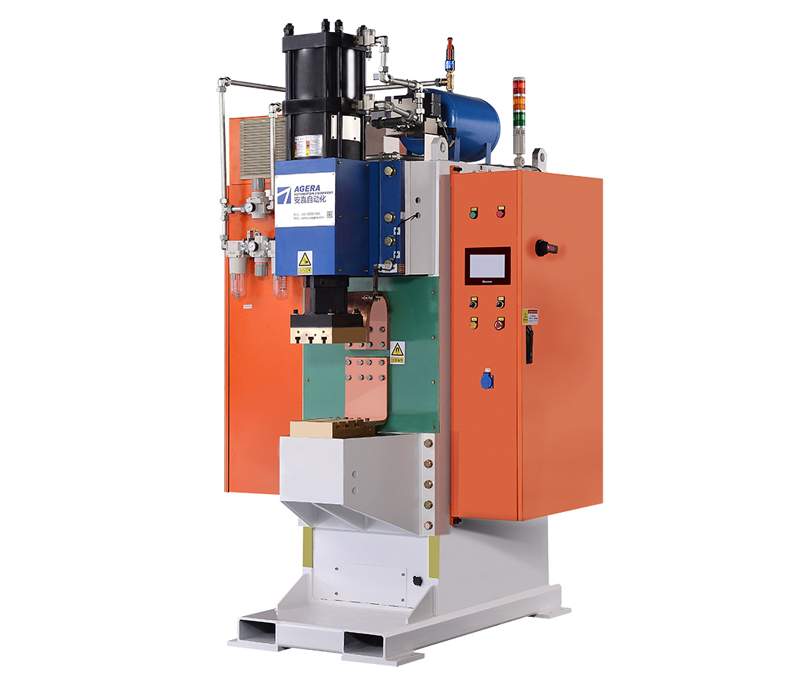Energy storage welding machines are widely used in various industries for their ability to deliver efficient and high-quality welds. The performance of these machines can be influenced by several factors, which must be carefully considered to achieve optimal welding results. This article explores the key factors that affect the performance of energy storage welding machines and their impact on the welding process.
- Energy Storage Capacity: The energy storage capacity of the welding machine directly affects the welding performance. Machines with higher energy storage capabilities can deliver more power during the welding process, resulting in deeper penetration and stronger welds. The energy storage capacity is determined by the type and capacity of the capacitors or batteries used in the machine.
- Welding Current: The welding current plays a crucial role in the welding process. It determines the amount of heat generated at the weld point. Adjusting the welding current allows for control over the weld pool size, penetration depth, and overall weld quality. It is important to select the appropriate welding current based on the material thickness and type.
- Electrode Pressure: The pressure applied by the electrodes during welding affects the contact between the electrodes and the workpiece surfaces. Proper electrode pressure ensures good electrical conductivity, minimizes electrical resistance, and promotes effective heat transfer. Insufficient electrode pressure may result in poor weld quality, while excessive pressure can deform the workpiece or lead to electrode wear.
- Electrode Design and Condition: The design and condition of the electrodes significantly impact the welding performance. Electrodes should have a suitable shape and size to ensure proper electrical contact and heat distribution. Additionally, the condition of the electrodes, including their cleanliness and sharpness, affects the welding stability and the quality of the welds. Regular inspection and maintenance of the electrodes are essential for optimal performance.
- Material Selection and Preparation: The choice of materials to be welded and their surface preparation play a vital role in achieving satisfactory welding results. Different materials have varying properties, such as conductivity and melting points, which can influence the welding process. Proper cleaning and surface preparation, including removing contaminants and ensuring good fit-up, are crucial for obtaining strong and defect-free welds.
- Welding Time and Energy Release: The duration of the energy release and the welding time have a direct impact on the weld quality. The appropriate welding time should be determined based on the material thickness and type, ensuring sufficient heat input for complete fusion without excessive heating or over-burning. Precise control of the energy release duration and welding time is essential for consistent and reliable welds.
The performance of energy storage welding machines is influenced by several key factors, including the energy storage capacity, welding current, electrode pressure, electrode design and condition, material selection and preparation, as well as welding time and energy release. Understanding and optimizing these factors are crucial for achieving desired welding results, including strong and high-quality welds. By considering these factors and implementing proper welding techniques, industries can harness the full potential of energy storage welding machines and enhance their welding processes.
Post time: Jun-13-2023



